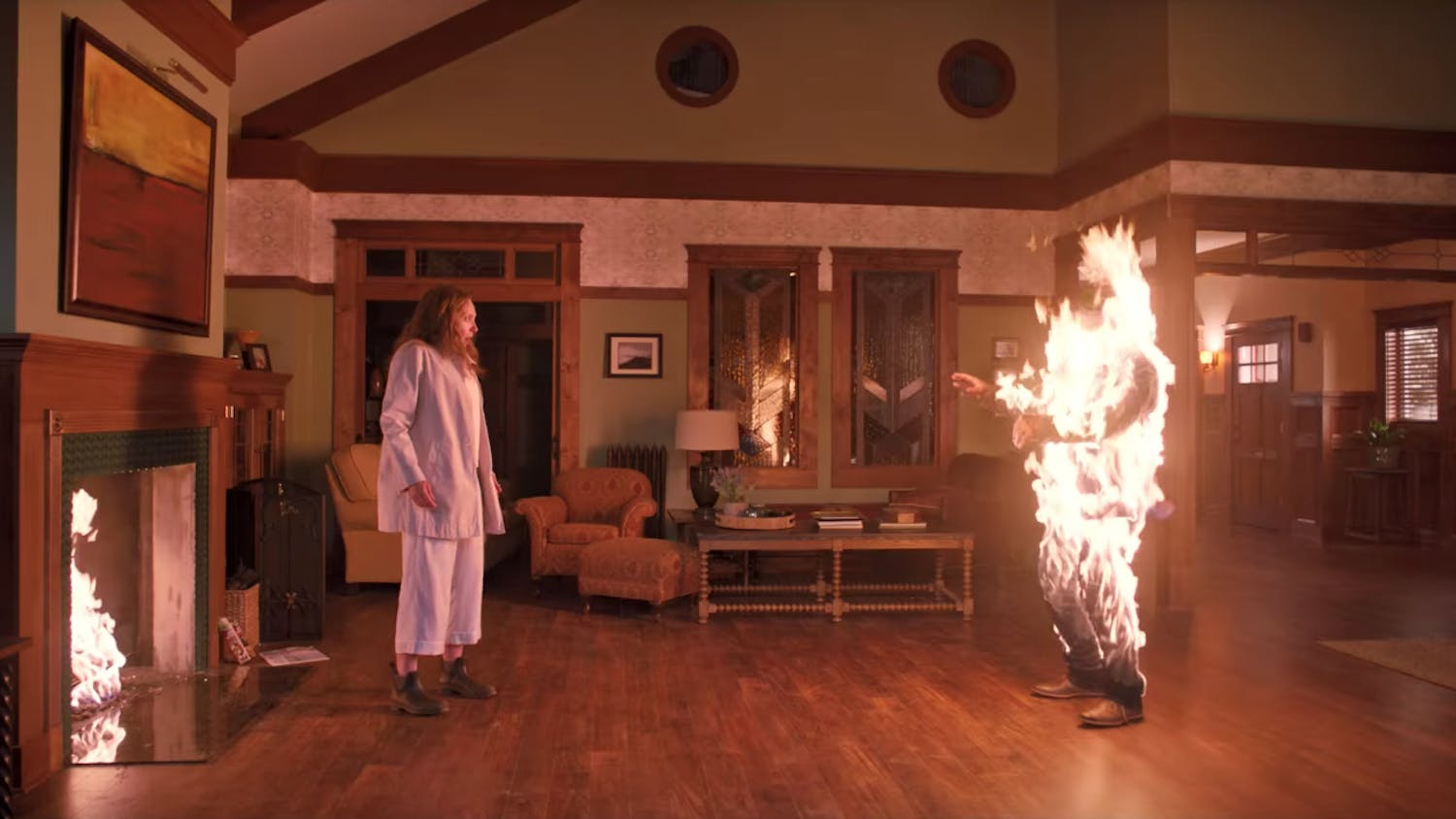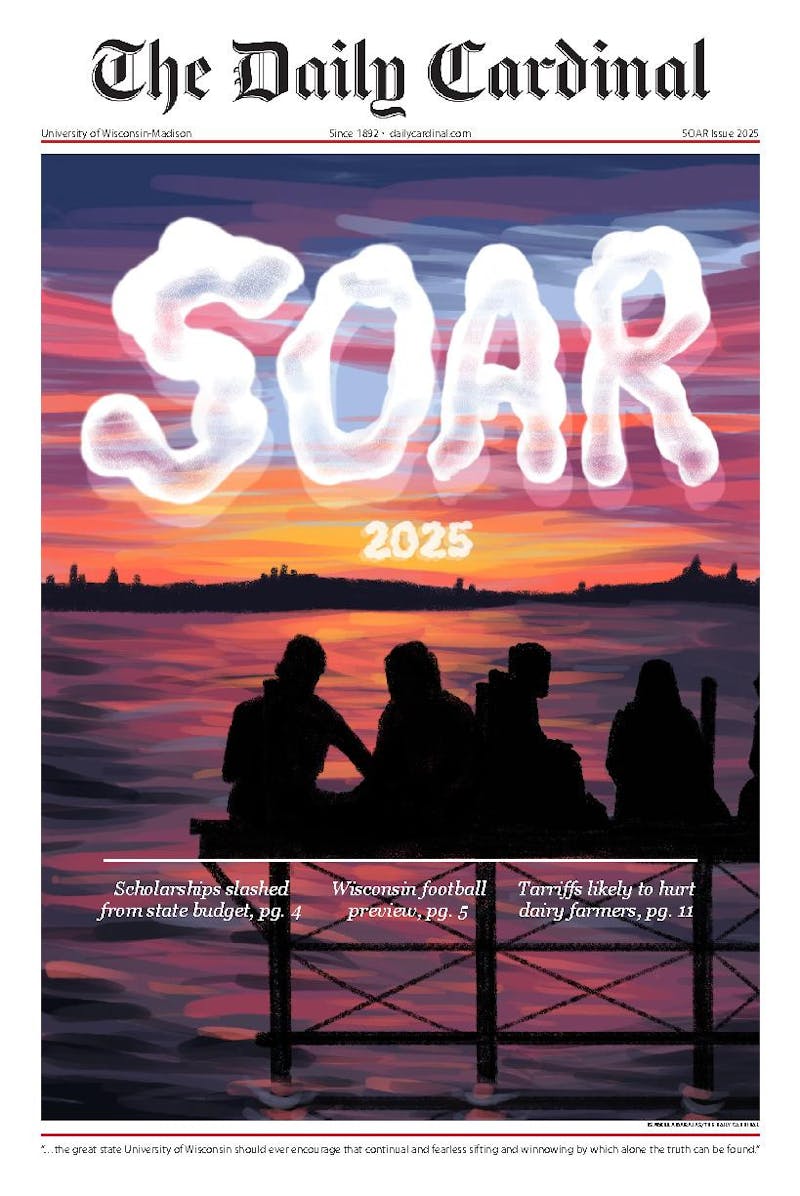The worst that one can say about the 2010 Wisconsin Film Festival is that it nearly overshadowed what was arguably the year's most important DVD release: ""Letters from Fontainhas: Three Films by Pedro Costa,"" released by the Criterion Collection March 30. The trio of movies—none of which has received U.S. distribution beyond short runs in major city art houses—contained in this four-disc box set are three of the most aesthetically significant works of film art produced in the last two decades. For anybody who gives half a damn about cinema as an art rather than as an immersive distraction, laying eyes on all three is absolutely essential.
Costa, a Portuguese filmmaker who has directed five narrative and two documentary features in an ongoing 21-year career, is possibly the medium's foremost working artist (we'll see what Jean-Luc Godard has been up to when his much-anticipated film ""Socialism"" premieres at Cannes in May).
Costa draws thematic ideas and compositional strategies from the work of some of cinema's undisputed masters: John Ford, Jacques Tourneur, Kenji Mizoguchi, Robert Bresson, Jean-Marie Straub and Danièle Huillet, Yasujiro Ozu and Charlie Chaplin. The patience and rigor with which he points his camera at scenes of extreme poverty, drug use and otherworldly loneliness yield hypnotic images of desperate living.
The first of the three films, 1997's ""Ossos,"" was also the last he shot on celluloid. ""Ossos"" is ostensibly the story of a strung-out and forlorn young daddy searching high and low for a good place to ditch his infant while its mother seeks comfort in the company of a vengeful, masculine cleaning lady (played by Costa repertory cornerstone Vanda Duarte); the result is a metaphysical work that's light on dialogue and heavy on smothering, all-consuming mood. ""Ossos"" was Costa's first excursion into Fontainhas, a decrepit yet culturally rich ghetto in Lisbon. Fearing that his crew and their equipment were disrupting the Fontainhas residents' lives, Costa vowed that ""Ossos"" would be his last film made using conventional methods.
His next movie, 2000's ""In Vanda's Room,"" is as difficult to watch as any in recent memory. ""In Vanda's Room"" is nearly three hours of Vanda and her best friend Zita sharing non sequitur conversations and casually freebasing heroin; meanwhile, outside of Vanda's suffocating quarters, the project to demolish the rotting Fontainhas has been set in motion by the Portuguese government. Costa shot the entire film with a discreet DV camera while often serving as the only member of his crew.
As with Andy Warhol's silent screen tests, all of the nonactors in ""In Vanda's Room"" play variations of their off-screen selves. ""In Vanda's Room"" is utterly devoid of camera movements, and Costa used only a few mirrors to light each shot. The result is a sequence of moments and images that are as heavy as an anvil and yet move with the grace of falling mothballs. Yes, it's tedious at times, but so too is human existence; in Costa's films, life is often an imitation of art rather than the other way around.
It was seven years before Costa finished his follow-up to ""In Vanda's Room,"" 2007's ""Colossal Youth."" (Though I consider his 2001 documentary ""Where Does Your Hidden Smile Lie?"" about the filmmaking duo Jean-Marie Straub and Danièle Huillet one of the best films of the '00s.)
""Colossal Youth"" follows a former construction worker named Ventura as he wonders back and forth between a nearly destroyed Fontainhas and a newly constructed community of housing projects on the outskirts of Lisbon where the Fontainhas residents are being relocated.
In ""Colossal Youth,"" the techniques Costa developed in ""In Vanda's Room"" are taken in fascinating, mythical directions. The film's episodic narrative consists of a series of encounters between Ventura and his ""children,"" an ensemble of Fontainhas friends and neighbors.
Costa shoots the weathered, tremor-ridden Ventura just as John Ford shot John Wayne in many canonical westerns. The displaced Fontainhas residents float into and levitate within the static frame like lost souls stuck in an impoverished purgatory. Whereas the immobile camera of ""In Vanda's Room"" lingered on Fontainhas' rubble and crumpled sheets of aluminum foil, ""Colossal Youth"" shows us the barely there ghetto, the menacingly white housing projects and the patches of gorgeous nature that fall somewhere between those two radically distinct environments. It's no exaggeration to say ""Colossal Youth"" is the most visually remarkable film released in this young century.
""Letters from Fontainhas"" is now available for rental at Four Star Video Heaven. If you're interested in the work of the director who may be remembered as the most important film artist of our era, I strongly encourage you to give these difficult movies a try.






